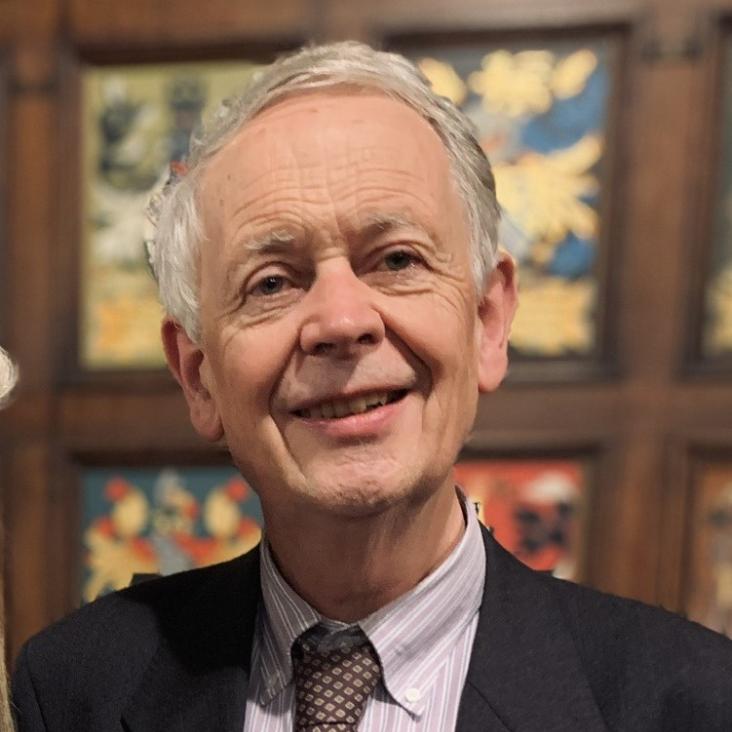The radial velocity experiment (RAVE): Third data release
Astronomical Journal 141:6 (2011)
Abstract:
We present the third data release of the RAdial Velocity Experiment (RAVE) which is the first milestone of the RAVE project, releasing the full pilot survey. The catalog contains 83,072 radial velocity measurements for 77,461 stars in the southern celestial hemisphere, as well as stellar parameters for 39,833 stars. This paper describes the content of the new release, the new processing pipeline, as well as an updated calibration for the metallicity based upon the observation of additional standard stars. Spectra will be made available in a future release. The data release can be accessed via the RAVE Web site. © 2011. The American Astronomical Society. All rights reserved.Extracting science from surveys of our Galaxy
ArXiv 1104.2839 (2011)
Abstract:
Our knowledge of the Galaxy is being revolutionised by a series of photometric, spectroscopic and astrometric surveys. Already an enormous body of data is available from completed surveys, and data of ever increasing quality and richness will accrue at least until the end of this decade. To extract science from these surveys we need a class of models that can give probability density functions in the space of the observables of a survey -- we should not attempt to "invert" the data from the space of observables into the physical space of the Galaxy. Currently just one class of model has the required capability, so-called "torus models". A pilot application of torus models to understanding the structure of the Galaxy's thin and thick discs has already produced two significant results: a major revision of our best estimate of the Sun's velocity with respect to the Local Standard of Rest, and a successful prediction of the way in which the vertical velocity dispersion in the disc varies with distance from the Galactic plane.Galactic fountains and the rotation of disc-galaxy coronae
ArXiv 1103.5358 (2011)
Abstract:
In galaxies like the Milky Way, cold (~ 10^4 K) gas ejected from the disc by stellar activity (the so-called galactic-fountain gas) is expected to interact with the virial-temperature (~ 10^6 K) gas of the corona. The associated transfer of momentum between cold and hot gas has important consequences for the dynamics of both gas phases. We quantify the effects of such an interaction using hydrodynamical simulations of cold clouds travelling through a hot medium at different relative velocities. Our main finding is that there is a velocity threshold between clouds and corona, of about 75 km/s, below which the hot gas ceases to absorb momentum from the cold clouds. It follows that in a disc galaxy like the Milky Way a static corona would be rapidly accelerated: the corona is expected to rotate and to lag, in the inner regions, by ~ 80-120 km/s with respect to the cold disc. We also show how the existence of this velocity threshold can explain the observed kinematics of the cold extra-planar gas.Galaxia: A code to generate a synthetic survey of the Milky way
Astrophysical Journal 730:1 (2011)
Abstract:
We present here a fast code for creating a synthetic survey of the Milky Way. Given one or more color-magnitude bounds, a survey size, and geometry, the code returns a catalog of stars in accordance with a given model of the Milky Way. The model can be specified by a set of density distributions or as an N-body realization. We provide fast and efficient algorithms for sampling both types of models. As compared to earlier sampling schemes which generate stars at specified locations along a line of sight, our scheme can generate a continuous and smooth distribution of stars over any given volume. The code is quite general and flexible and can accept input in the form of a star formation rate, age-metallicity relation, age-velocity-dispersion relation, and analytic density distribution functions. Theoretical isochrones are then used to generate a catalog of stars, and support is available for a wide range of photometric bands. As a concrete example, we implement the Besançon Milky Way model for the disk. For the stellar halo we employ the simulated stellar halo N-body models of Bullock & Johnston. In order to sample N-body models, we present a scheme that disperses the stars spawned by an N-body particle, in such a way that the phase-space density of the spawned stars is consistent with that of the N-body particles. The code is ideally suited to generating synthetic data sets that mimic near future wide area surveys such as GAIA, LSST, and HERMES. As an application we study the prospect of identifying structures in the stellar halo with a simulated GAIA survey. We plan to make the code publicly available. © 2011. The American Astronomical Society. All rights reserved.The dawning of the stream of Aquarius in RAVE
Astrophysical Journal Letters 728:2 (2011)


